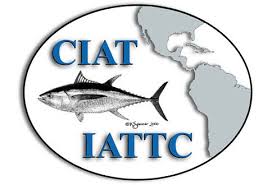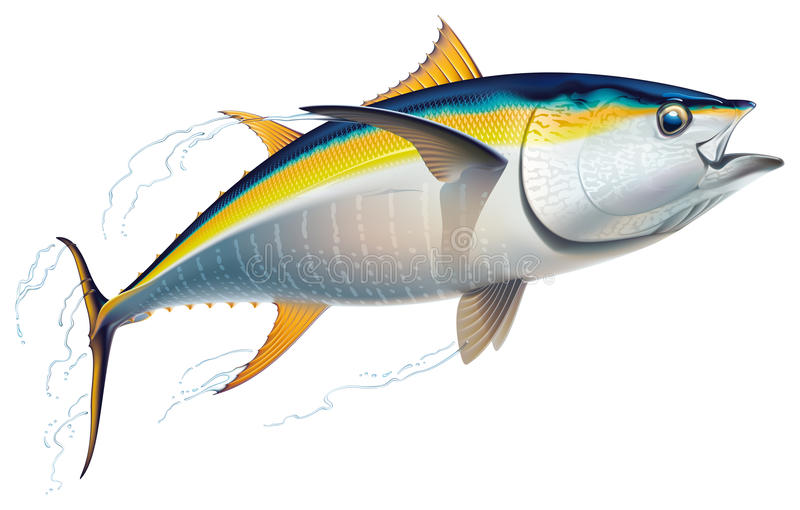A report released last month by New Zealand’s Parliamentary Commissioner for the Environment considers that one in five of the country’s 168 native bird species are at risk of extinction. New Zealand supports 47 species of breeding procellariform seabirds, of which 15 are listed within the Albatross and Petrel Agreement. Ten of these 15 species are considered globally threatened, four Near Threatened and only one, the Northern Giant Petrel Macronectes halli, is categorized as of Least Concern.
A section entitled “Humans as ‘unintentional predators’ of seabirds” features the albatrosses, petrels and shearwaters threatened by long-line and trawl fisheries, considering that the ACAP-listed and Vulnerable Black Petrel Procellaria parkinsoni, a New Zealand endemic species, is the most at risk. It also notes the endemic Antipodean Albatross Diomedea antipodensis is also reported as undergoing a “particularly rapid decline” due to high seas longlining. New Zealand’s Plan of Action – Seabirds which addresses this issue is to be updated next year.
“Since 2004, there has been progress in some areas. For instance, deepwater trawlers are using devices such as bird-scaring lines and bafflers to keep birds at a distance. As a result, the number of albatrosses killed by flying into steel cables in the squid trawl fishery has halved. Almost all skippers on commercial bottom longline fishing boats in the Hauraki Gulf have completed training on how to avoid catching seabirds, and are now involved in a camera trial to see how effective their efforts are.”

A Northern Royal Albatross Diomedea sanfordi family, at Tairaroa Head,
New Zealand's most threatened ACAP-listed species and the only one with a global status of Endangered
Photograph by Junichi Sugushita
Read a news report on the publication here.
Reference:
Parliamentary Commissioner for the Environment 2017. Taonga of an Island Nation: Saving New Zealand's Birds. [Wellington]: Parliamentary Commissioner for the Environment. 139 pp.
John Cooper, ACAP Information Officer, 06 June 2017

 English
English  Français
Français  Español
Español 








